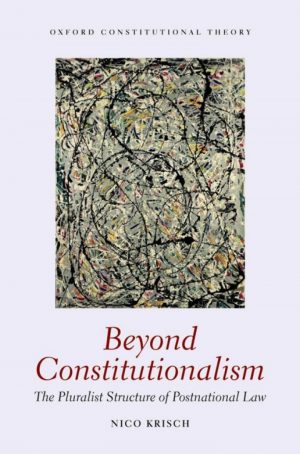Internationalized Armed Conflicts in International Law
$40.62
Attention: This is just ebook, Access Codes or any other Supplements excluded! / File Delivery: Sent Via Email within 24 hours!
SKU: fbab26dd9cef
Category: Law Textbooks
Description
-
Author(s)Kubo Macak
-
PublisherOUP Oxford
-
FormatPDF
-
Print ISBN
9780198819868, 0198819862 -
eText ISBN
9780198819868, 0198819862 -
Edition
-
Copyright
- Details
This book provides the first comprehensive analysis of factors that transform a prima facie non-international armed conflict (NIAC) into an international armed conflict (IAC) and the consequences that follow from this process of internationalization. It examines in detail the historical development as well as the current state of the relevant rules of international humanitarian law. The discussion is grounded in general international law, complemented with abundant references to case law, and illustrated by examples from twentieth and twenty-first century armed conflicts. In Part I, the book puts forward a thorough catalogue of modalities of conflict internationalization that includes outside intervention, State dissolution, and recognition of belligerency. It then specifically considers the legal qualification of complex situations that feature more than two conflict parties and contrasts the mechanism of internationalization of armed conflicts with the reverse process of de-internationalization. Part II of the book challenges the conventional wisdom that members of non-State armed groups do not normally benefit from combatant status. It argues that the majority of fighters belonging to non-State armed groups in most types of internationalized armed conflicts are in fact eligible for combatant status. Finally, Part III turns to belligerent occupation, traditionally understood as a leading example of a notion that cannot be transposed to armed conflicts occurring in the territory of a single State. By contrast, the book argues in favour of the applicability of the law of belligerent occupation to internationalized armed conflicts.
Related products
-

Challenges for Humanitarian Intervention 1st Edition Ethical Demand and Political Reality
Rated 0 out of 5$27.62 Add to cart -

Atrocity Speech Law Foundation, Fragmentation, Fruition
Rated 0 out of 5$43.88 Add to cart -

BEYOND CONSTITUTIONALISM OCON C The Pluralist Structure of Postnational Law
Rated 0 out of 5$22.10 Add to cart -

Blackstone’s Guide to the Proceeds of Crime Act 2002 5th Edition
Rated 0 out of 5$34.12 Add to cart

